What Does Green Mean For You?
As a Nation, We Can Do Better
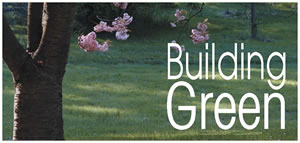 According to the U.S. EPA, the average home creates more pollution than the average automobile. It’s not surprising there is increasing interest in building environmentally responsible homes, and today it is possible to build “green” without sacrificing aesthetics or livability.
According to the U.S. EPA, the average home creates more pollution than the average automobile. It’s not surprising there is increasing interest in building environmentally responsible homes, and today it is possible to build “green” without sacrificing aesthetics or livability.
Following is a brief introduction to various aspects of building an environmentally-friendly home and links to helpful articles. Currently, there are several green building initiatives, but it appears consolidation is happening around the National Association of Home Builders (NAHB) National Green Building Program. For more information, visit www.NahbGreen.org.
Reduced Energy Consumption
Perhaps the largest environmental impact is achieved by choosing to build an energy-efficient home. Better insulation, windows and doors can help you create a “tighter” home, reducing air leakage in and out of your home. Similarly, energy efficient lighting, heating and cooling equipment, water heating and appliances can significantly cut energy use. By building your home highly energy efficient, you can help conserve natural resources and reduce greenhouse gas emissions (carbon dioxide, sulfur dioxide, and nitrogen oxides) by thousands of pounds per year.
Homes designed with windows on two sides of rooms increase natural light levels and can reduce the need to turn lights on. Opening those windows ushers in natural cross ventilation, lowering dependence on air conditioning. Large covered porches provide relaxation and considerable shading, too.
Reducing energy consumption may also be one of your best performing investments. Often, spending a few dollars more per month in a tax-deductible mortgage payment can be more than offset by lower utility bills. And as energy costs continue to rise, your future savings will be even greater.
Resource-Efficient Product Choices
Choosing to build a home with engineered wood (e.g., I-joist floors, trusses, etc.) from managed forests instead of traditional lumber saves old-growth forests from being harvested. More durable products, such as siding and roofing backed by a 50-year warranty are also environmentally responsible, as they won’t end up in the landfill nearly as quickly as their traditional counterparts. Paying attention to product content is another important factor. Carpeting made from recycled plastic water/soda bottles is one example.
Homes can be designed around standard building material sizes to maximize efficiency. Carpeting often comes in 15’-wide rolls, so designing a family room to be 15’-6” wide means seaming two pieces of carpet together and often generates waste. Streamlined structural systems require fewer steel beams, structural headers, etc.
Water Conservation
A water-saving dishwasher can reduce water consumption enough to provide all of a household’s drinking water. Some clothes washers save enough hot water to accommodate your bathing needs. Water-efficient toilets and showerheads will make a big difference and “home-run”-type plumbing systems can deliver hot water faster, helping you avoid wasting gallons of water waiting for the shower to “warm up.” Another important consideration is landscaping. Choosing native and drought-resistant grasses and plantings can minimize water used for lawn irrigation.
Minimizing the negative impact homes have on the environment is critical. While home plans themselves are not necessarily ‘Green’, simple choices in the home’s design and selection of environment-friendly home products can make a huge, positive impact.
RESOURCES

Building Green
Green building can improve indoor air quality, an issue of particular concern to women because of its link to asthma and Attention Deficit Disorder (ADD) in children as well as heart and lung problems, headaches, and blurred vision.

Life at Home
The Paybacks of Energy Efficiency
Totaling up the costs of building a new home can be intimidating. For most of us, it’s one of the most expensive things we will do in our lifetime. Consequently, it’s often necessary to scale back some dreams and make compromises along the way. But one of the places it’s important not to cut corners is energy efficiency.
More Articles on Aspects of Green Home Building
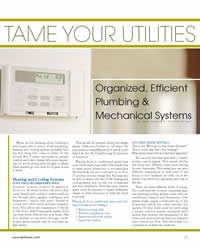
Tame Your Utilities
When you’re thinking about building a new home, the location of the plumbing, heating, and cooling systems probably isn’t the first thing that comes to mind. Or the second. But if easier maintenance, greater comfort, and lower energy bills sound appealing.
It’s worth giving some thought to where these systems go and how you’ll gain access to them.

Silence is Golden
Your home is a factory. It has all the equipment and processes of almost any factory: fans, blowers, pumps, cleaning and laundering, waste disposal, heating and cooling, refrigeration, even accounting.
Unlike a factory, your home should also be designed to provide a calm, livable environment – one that maximizes comfort and minimizes intrusions, both from the outside world and from within the home.
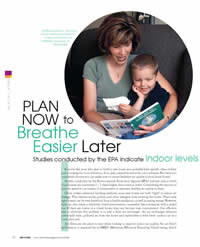
Plan Now to Breathe Easier Later
If you’re like most who plan to build a new home, you probably have specific ideas of what you’re looking for in an elevation, floor plan, amenities and even color schemes. But have you considered choices you can make now to ensure healthier air quality in your future home?
Resources
National Association of Home Builders National – https://www.nahb.org/
American Lung Association – Health House
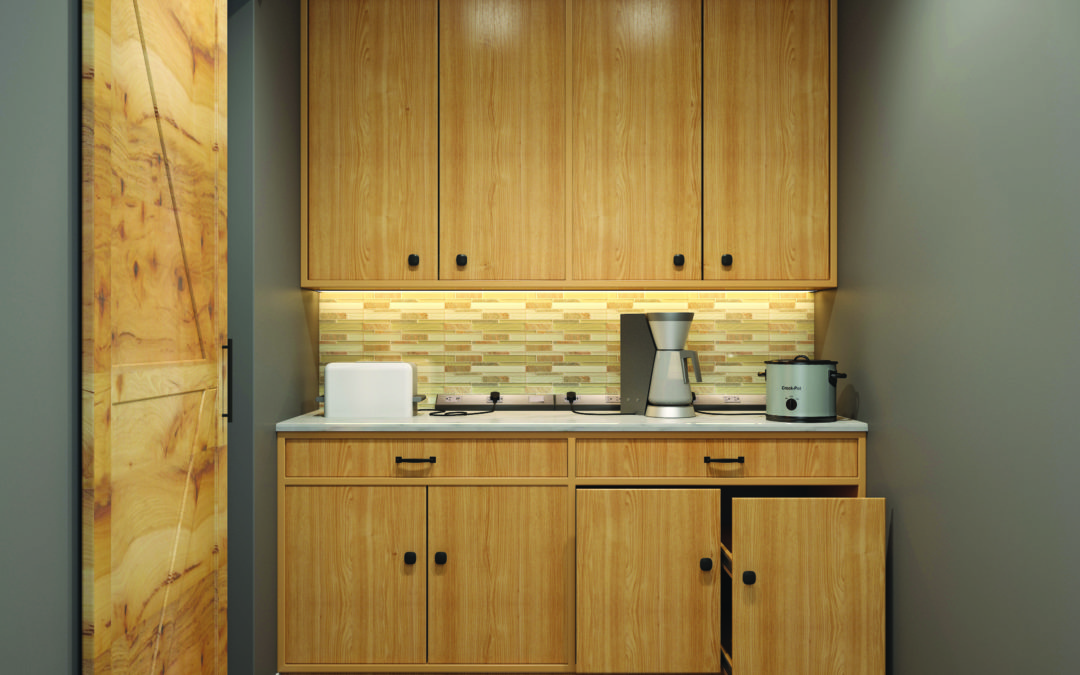
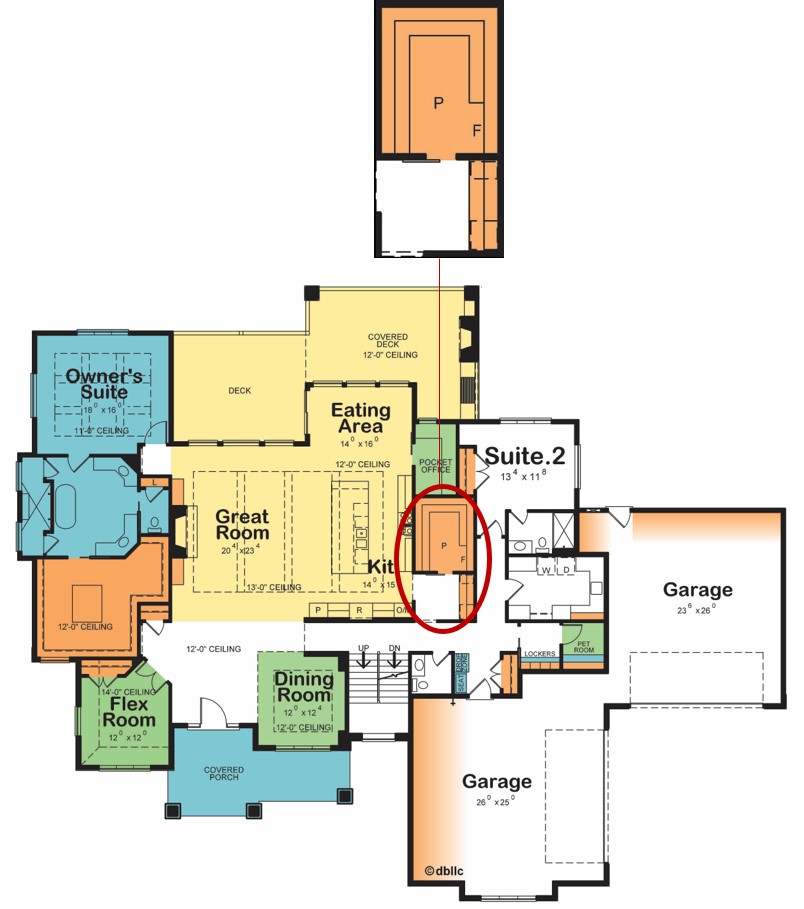
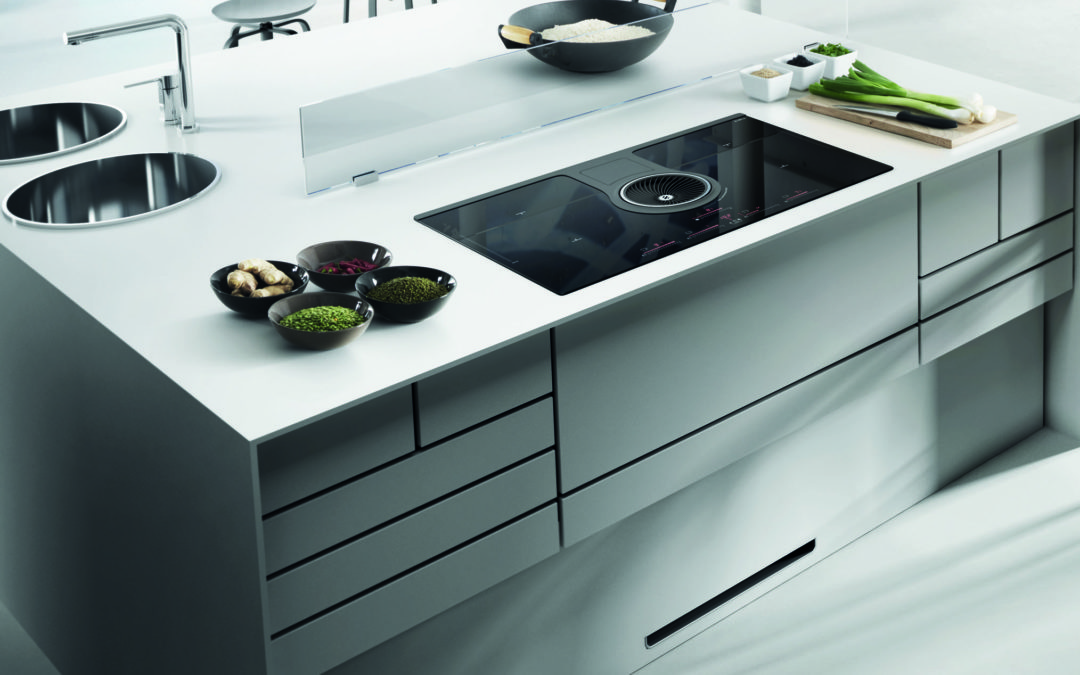
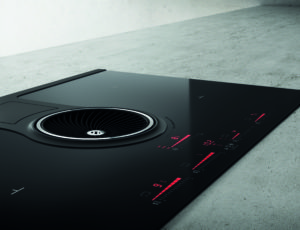 From the company that pioneered mixing cutting edge design with innovative range hood technology, comes a new idea in stress-free cooking. Elica’s NikolaTesla induction cooktop is designed to make cooking and clean-up a hassle-free process. Elica incorporated the standard, highly desirable qualities of an induction cooktop such as rapid boil and easy cleaning, and took it one step farther by integrating a fully functional range hood into the cooktop itself. The central fan replaces the typical range hood and gathers grease and odors without compromising design. It also has a built-in double bridge function that combines two adjacent cooking zones to adjust for large pots. A 10-speed touch pad control system allows you to easily control the fan, so all you have to worry about is answering the doorbell!
From the company that pioneered mixing cutting edge design with innovative range hood technology, comes a new idea in stress-free cooking. Elica’s NikolaTesla induction cooktop is designed to make cooking and clean-up a hassle-free process. Elica incorporated the standard, highly desirable qualities of an induction cooktop such as rapid boil and easy cleaning, and took it one step farther by integrating a fully functional range hood into the cooktop itself. The central fan replaces the typical range hood and gathers grease and odors without compromising design. It also has a built-in double bridge function that combines two adjacent cooking zones to adjust for large pots. A 10-speed touch pad control system allows you to easily control the fan, so all you have to worry about is answering the doorbell!
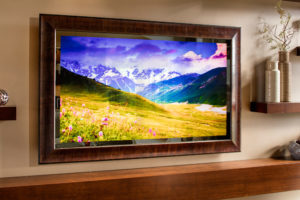 Two battles continue: the sanctity of the owner/s bedroom (it’s not your “home office”); and whether or not there’s going to be a TV in the great room. For those willing to compromise on the latter issue, Seura offers their “Vanishing Entertainment TV Mirrors” that look and function as a framed mirror until powered on–that’s when these LED TVs literally shine through. Savor the big game with the TV on, and save your marriage with the TV off!
Two battles continue: the sanctity of the owner/s bedroom (it’s not your “home office”); and whether or not there’s going to be a TV in the great room. For those willing to compromise on the latter issue, Seura offers their “Vanishing Entertainment TV Mirrors” that look and function as a framed mirror until powered on–that’s when these LED TVs literally shine through. Savor the big game with the TV on, and save your marriage with the TV off!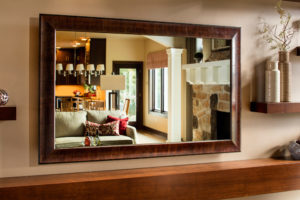
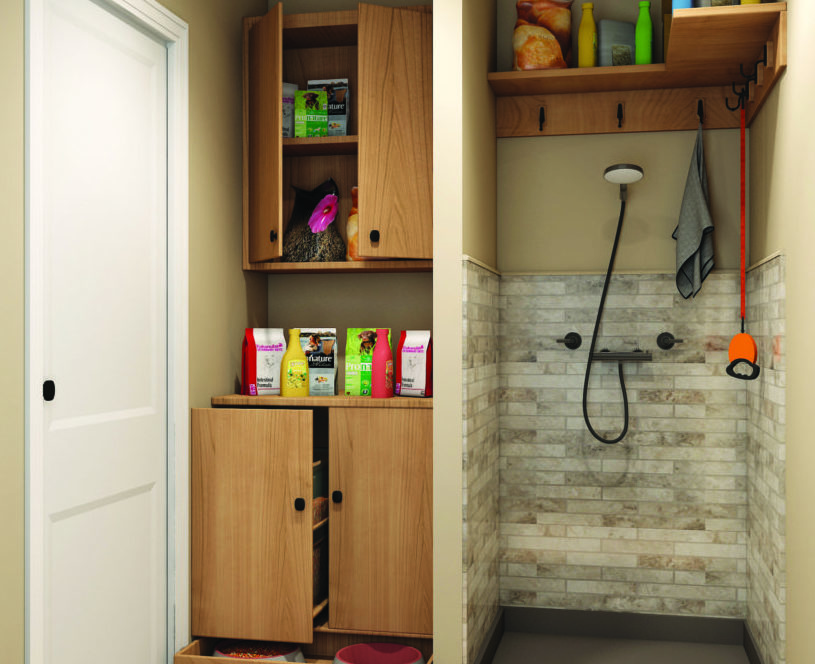
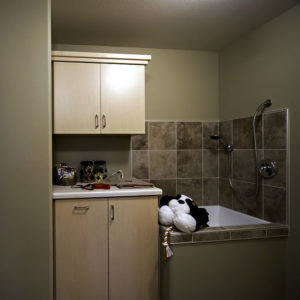 We have a retriever that loves to run around a nearby lake made by the U.S. Corps of Engineers. She especially loves to roll around in the bait and any dead fish left on the banks of the water. The smell…
We have a retriever that loves to run around a nearby lake made by the U.S. Corps of Engineers. She especially loves to roll around in the bait and any dead fish left on the banks of the water. The smell…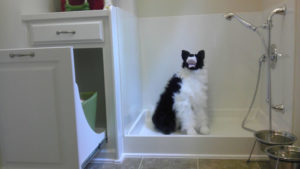 Oh how I wish we had designed a rear foyer with a pet center, complete with storage for pet food and other supplies AND a doggie shower! What a convenience to have everything right there and not have to traipse through the house. When it comes to pet centers, there are many ways to design. The photo above shows a pet bath, while the photo at left shows a pet shower. With a larger pet, the shower may be more ideal than an elevated shower for getting her in and out. Also, think about storage needs – bathing, brushing, food, treats, leashes, etc.
Oh how I wish we had designed a rear foyer with a pet center, complete with storage for pet food and other supplies AND a doggie shower! What a convenience to have everything right there and not have to traipse through the house. When it comes to pet centers, there are many ways to design. The photo above shows a pet bath, while the photo at left shows a pet shower. With a larger pet, the shower may be more ideal than an elevated shower for getting her in and out. Also, think about storage needs – bathing, brushing, food, treats, leashes, etc.